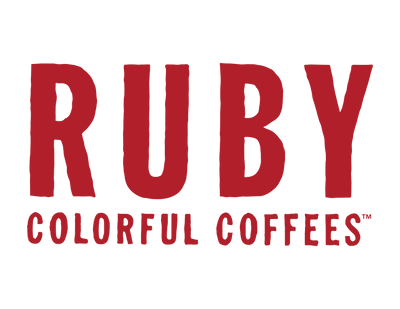This month’s subscription coffees, Vicente and Kanzu, are delightful representations of “Rich and Sweet”, and “Bright and Lively”. On the “Rich and Sweet” side of things, Vicente offers a smooth and cozy feeling with a fresh black cherry sweetness to back it up. It’s the kind of cup that many of us reach for on a chilly spring morning (and afternoon too if you live in a climate similar to here in Wisconsin!) On the “Bright and Lively” side, Kanzu offers a more delicate experience: a silky body and notes of light brown sugar, raisin and honey. These coffees are lovely, and we’d like to share a glimpse into the process we follow to get them tasting great.

As roasters, it’s up to us to roast each coffee in a way that brings out its maximum potential. Every coffee we release goes through a similar process to dial in the ideal reference curve - a roasting “recipe” of sorts that tells the person roasting how much heat to apply and when. In order to get there, we start with a trial batch, then we taste it and change the reference accordingly. Sometimes these changes are just fine-tuning; perhaps we slightly tweak the duration of the roast or the finish temperature. Other times we discover that the coffee isn’t exactly tasting like (what we think is) the best version of itself, so we rework our approach to the big picture which may involve changing the starting (also called “charge”) temperature, or how much heat we apply in the beginning of the roast. This leads to more tasting and more adjustments. In the end, the result should be a reference curve that does justice to the producer and their hard work, and also gets you a delicious cup of coffee.
Vicente was an easy roast to control and the trial batch tasted pretty much in line with what we were hoping to bring out in this coffee, but it seemed to have hints of even more dynamic, high quality acidity. In hopes of highlighting this, we roasted a batch with a slightly cooler finish temperature. We tasted more complex acidity in this roast, but we found ourselves also loving the hotter finish of the trial batch so much that we couldn’t decide which we preferred, and ultimately chose a finish temperature right in the middle. We hope it’s the best of both worlds!

While the Vicente reference just took some fine-tuning, the Kanzu reference required a bit more reworking. The trial batch roasted nicely, but when we tried it we thought it tasted a little underdeveloped, which basically means under-roasted, or the sugars didn’t undergo enough caramelization. Rwandan coffee beans are typically dense, requiring more heat than some other coffees, so we increased the charge temperature. After we tasted it again we decided to increase the duration as well. After a few tries we are really enjoying how it’s tasting, and feeling confident that you will too.
- Emily, Roaster
